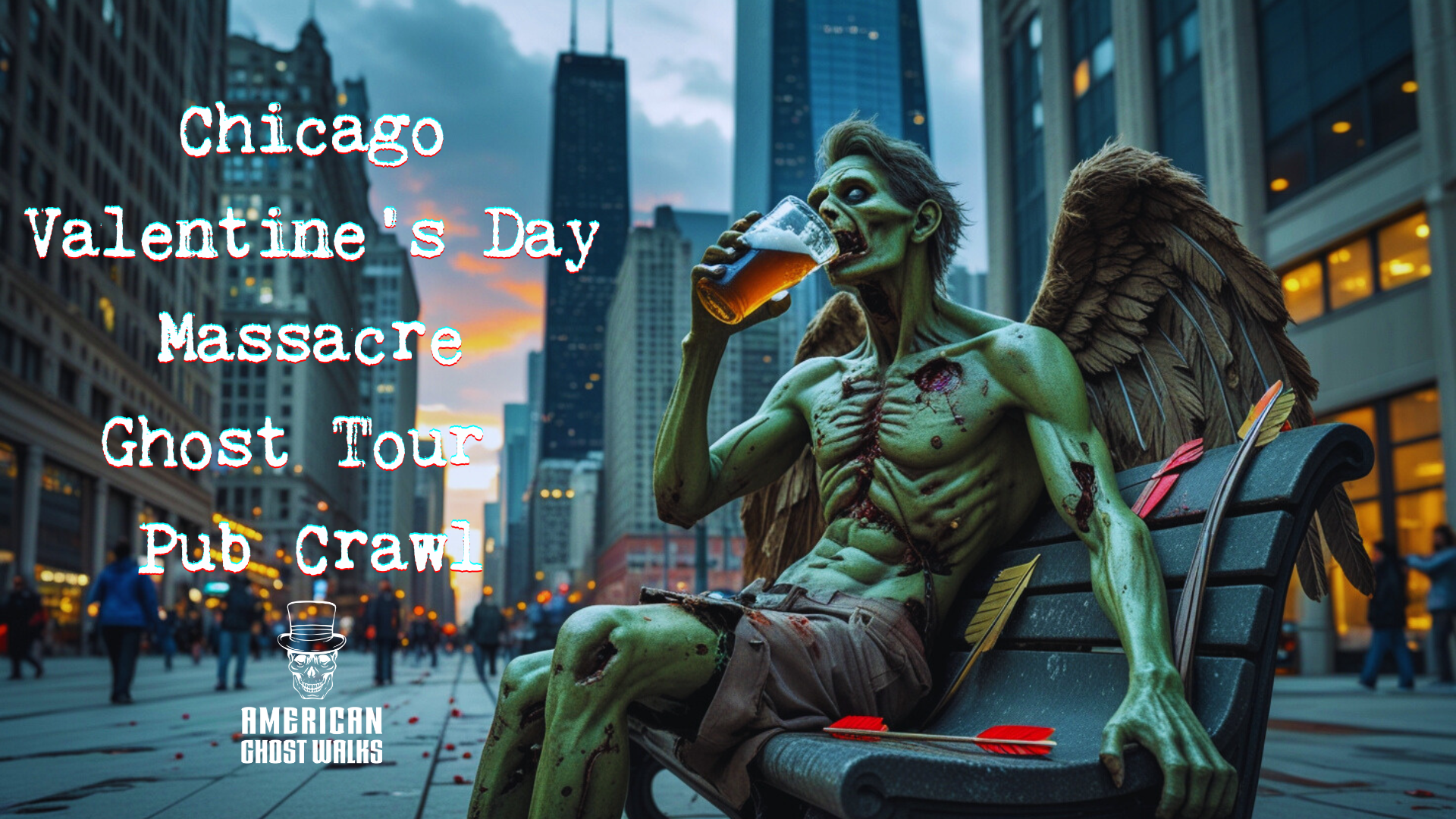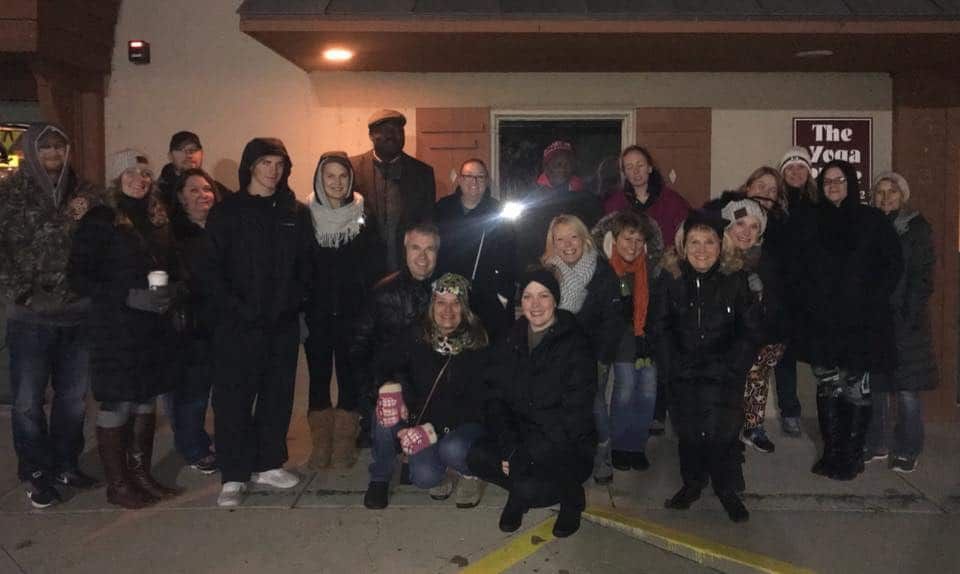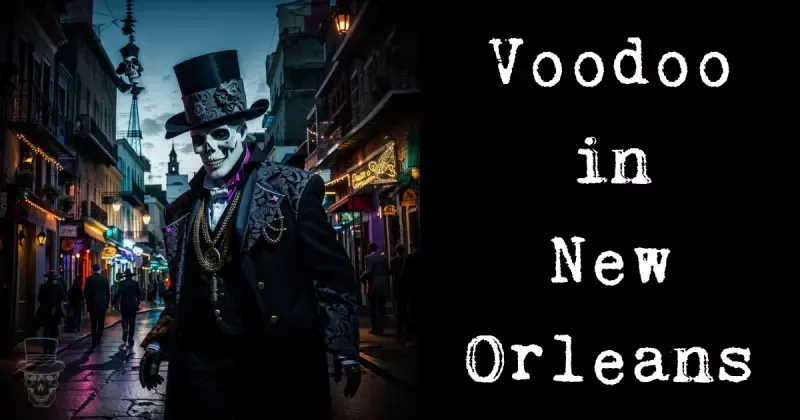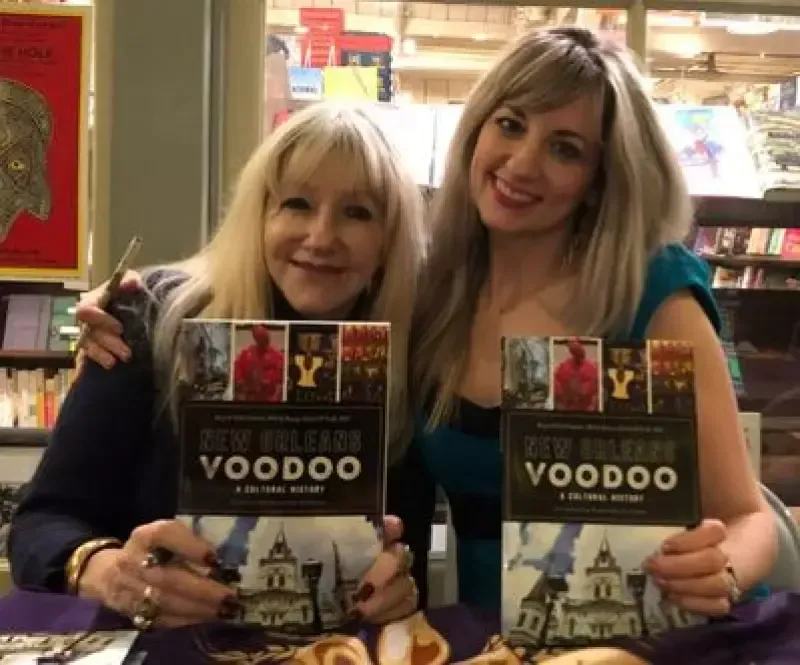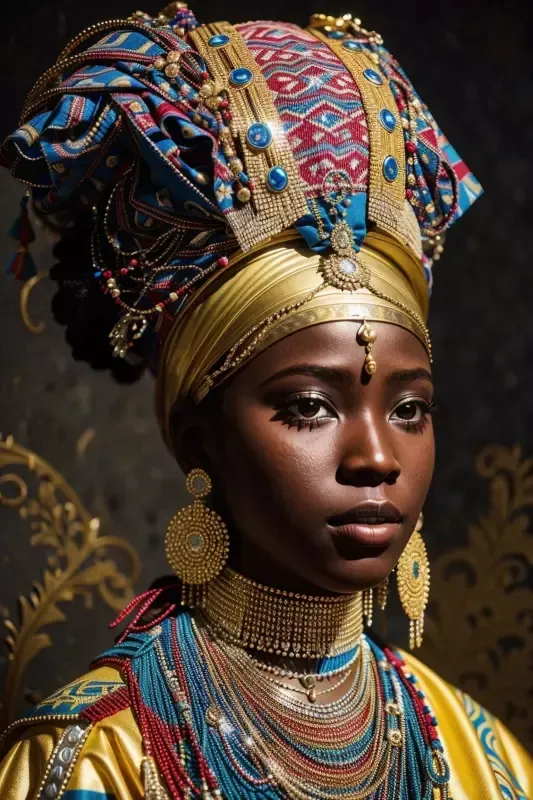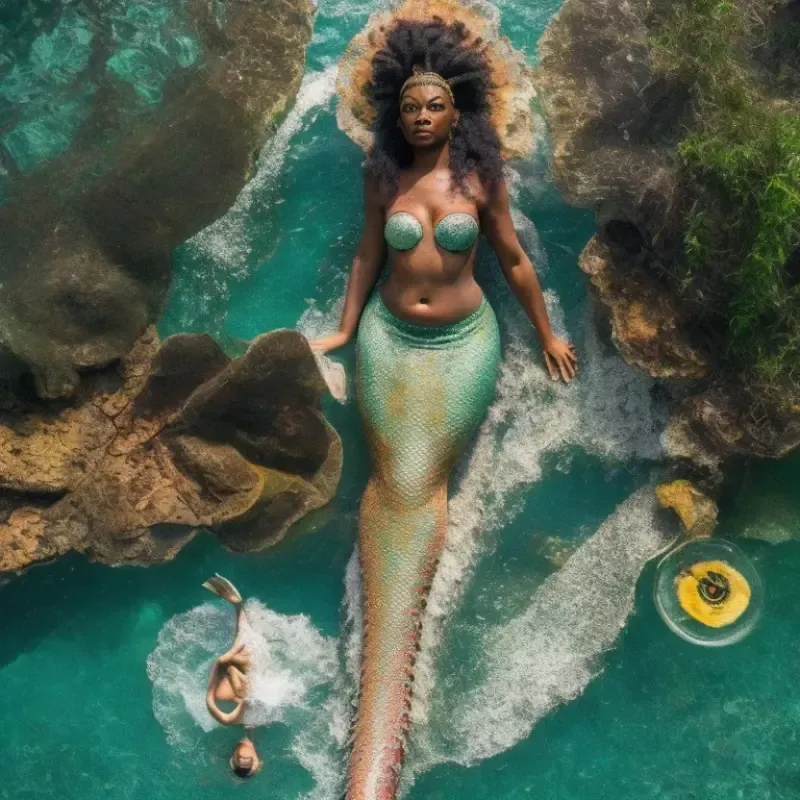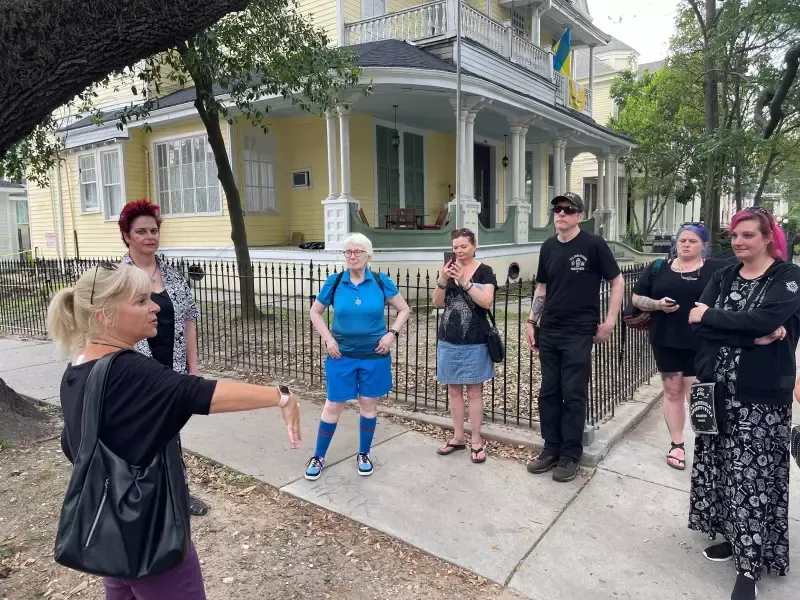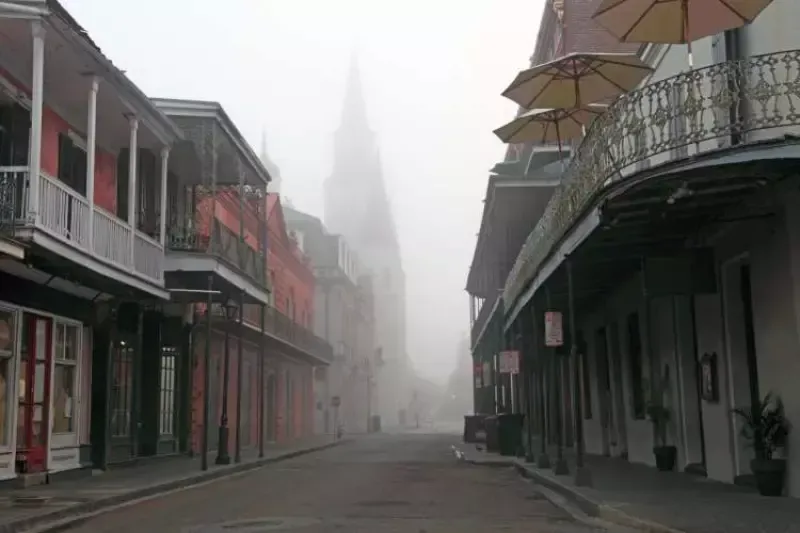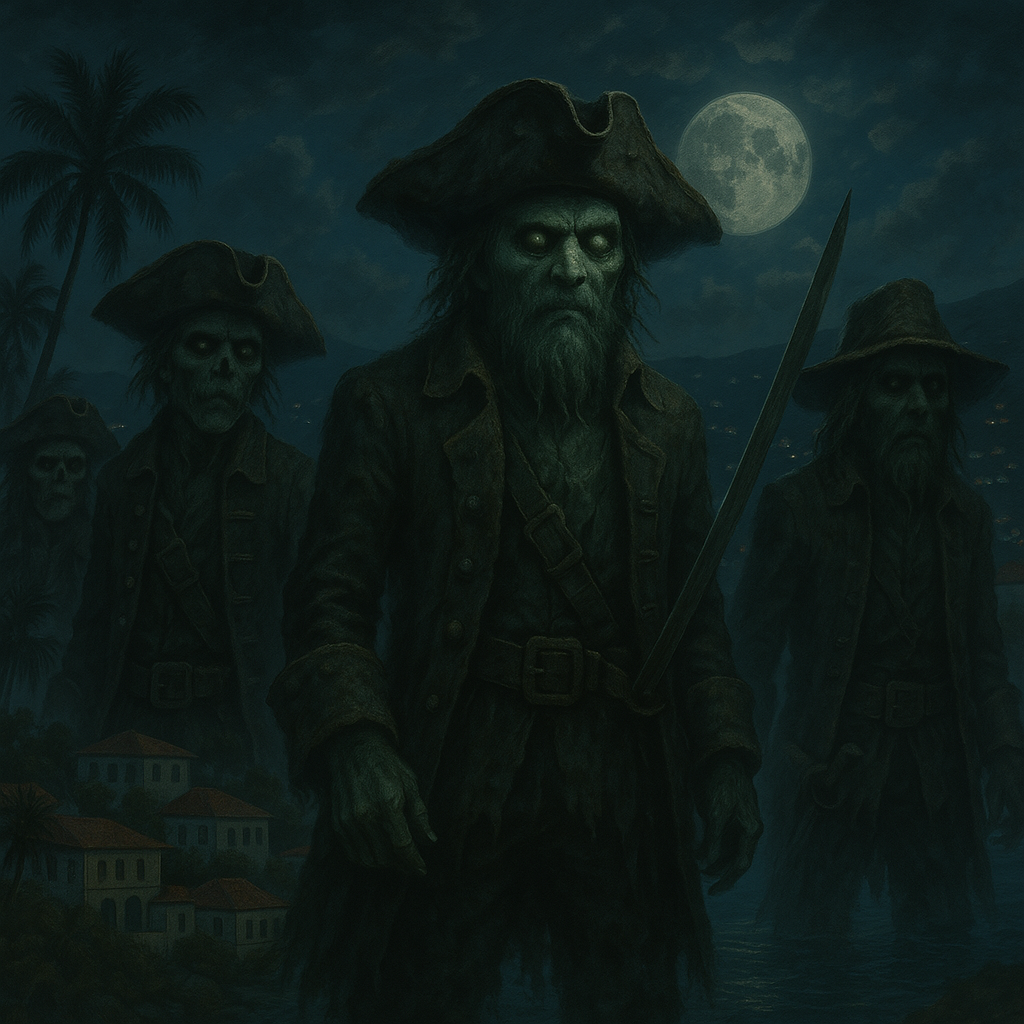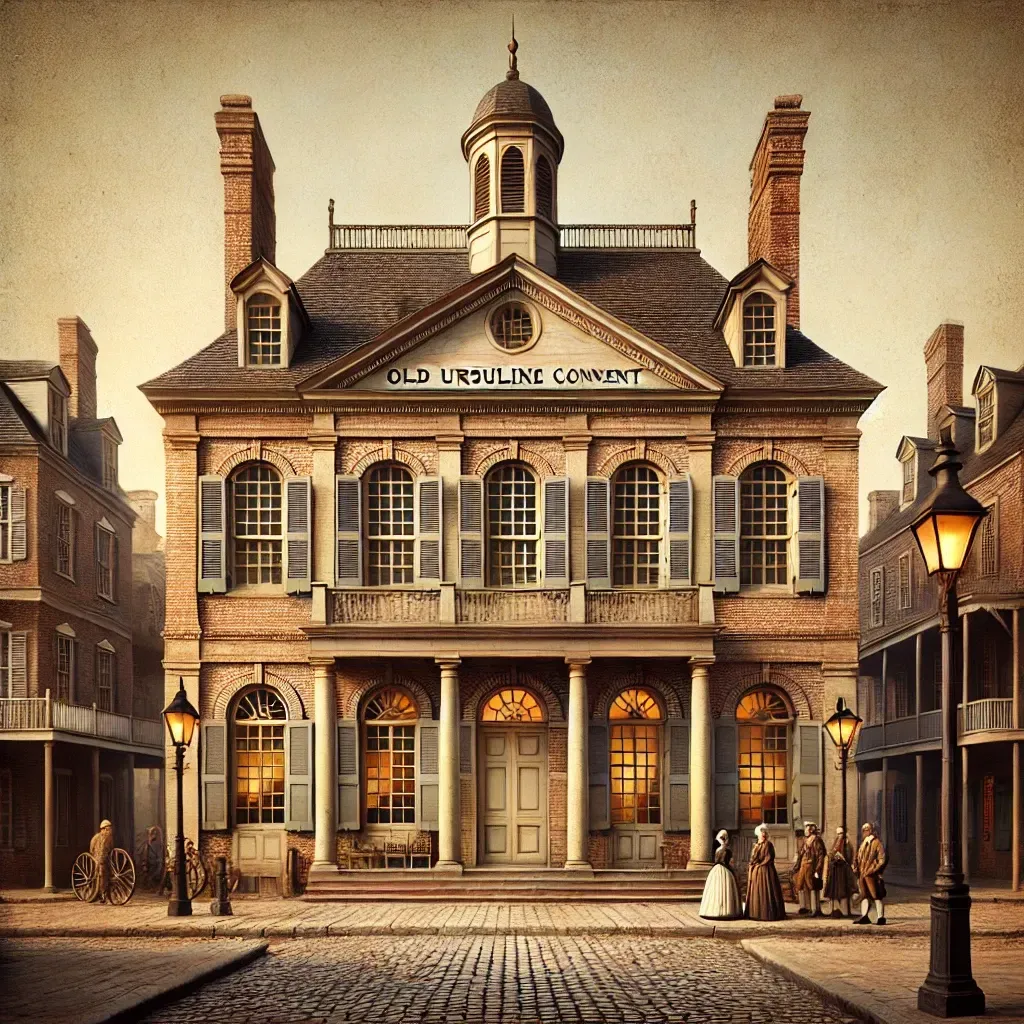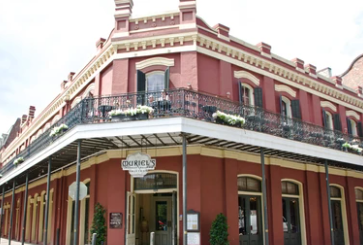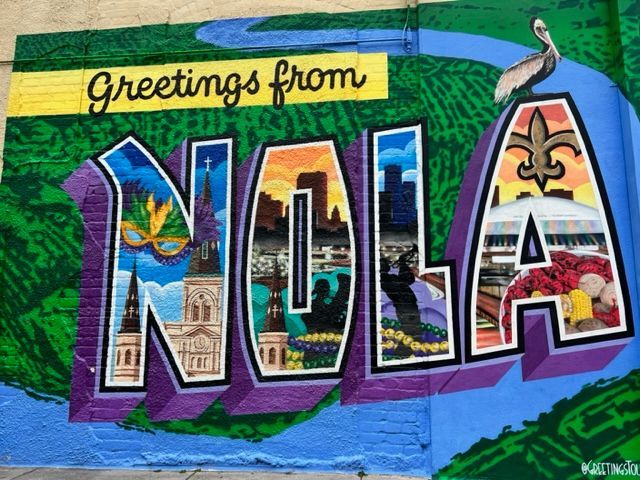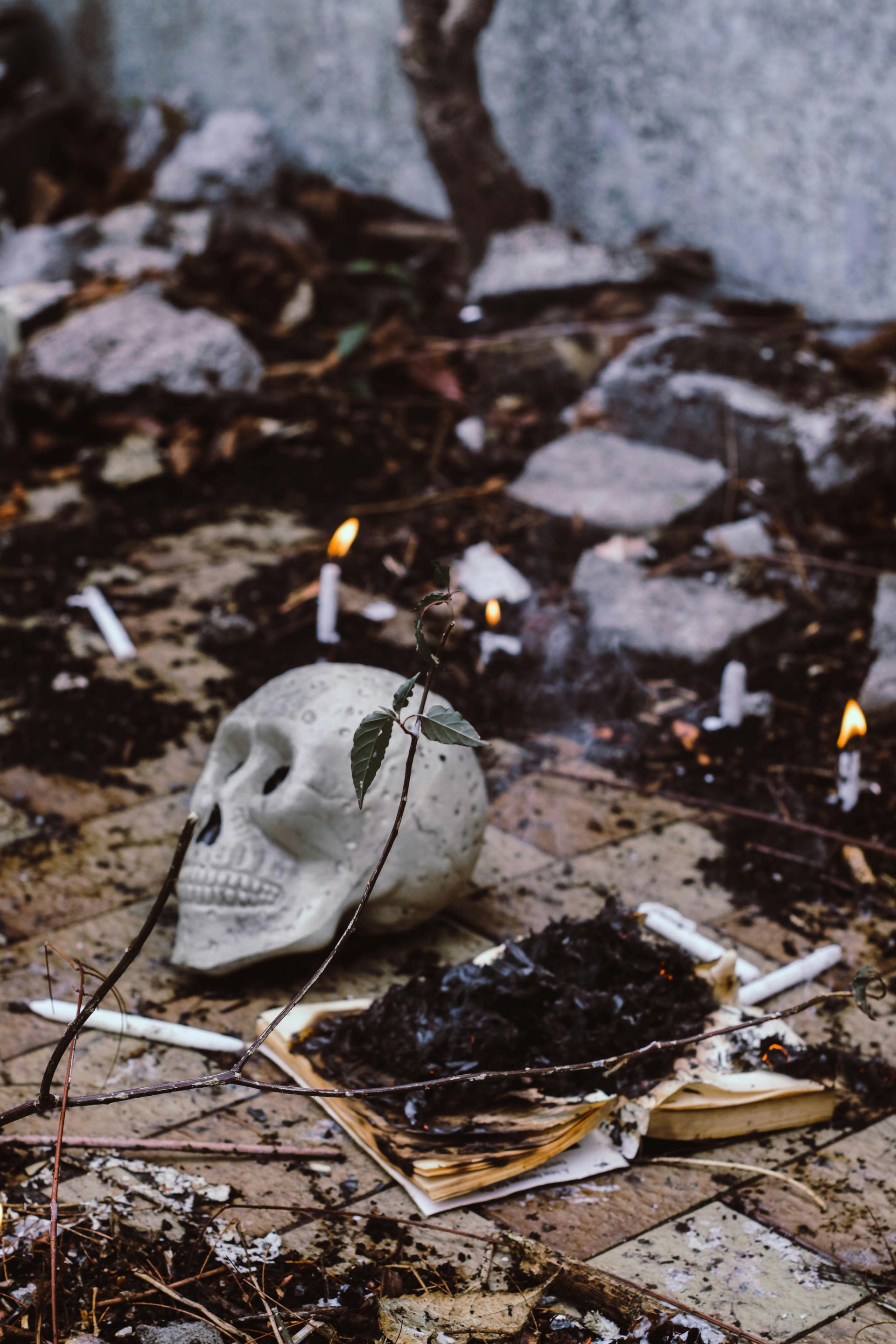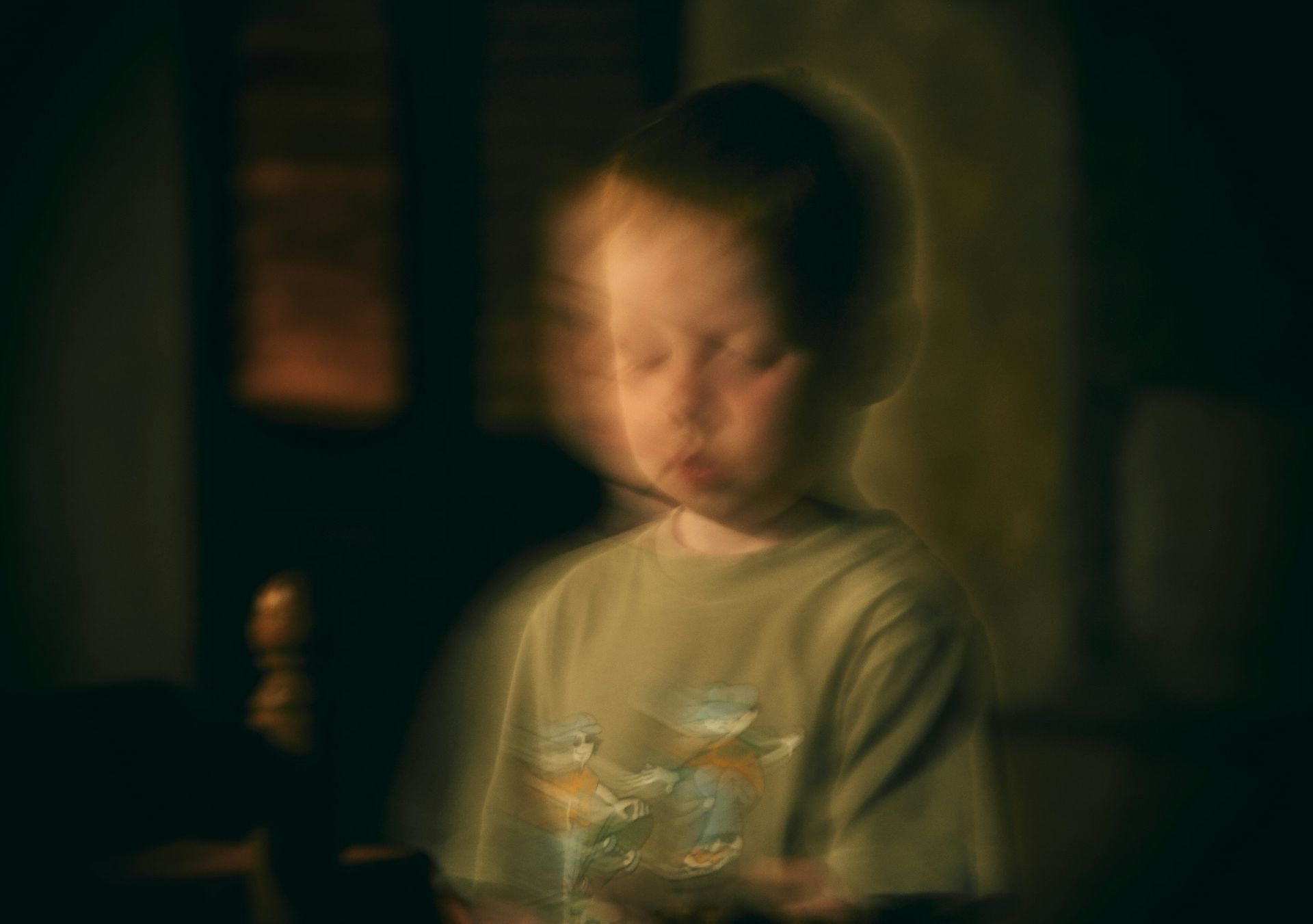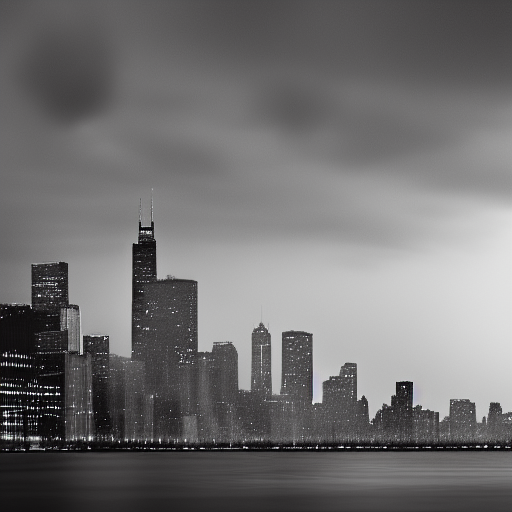Voodoo in New Orleans
New Orleans is a city full of contradictions. It's a place of great joy and great tragedy, of jazz and football, of Mardi Gras and haunted history. But perhaps the most fascinating aspect of this city is its association with voodoo, a religion that has a unique history and has been the subject of countless misconceptions. In the book "New Orleans Voodoo: A Cultural History" , written by Rory O’Neill Schmitt and her mother Rosary O’Neill, the authors provide an insightful and respectful exploration of a topic that is often misunderstood and demonized. Voodoo is not the black magic of Hollywood movies, nor is it a religion practiced by some "other" group of people. In fact, it is a spiritual practice that has its roots in West African animism, Roman Catholicism, and New World necessity. The authors offer a respectful and insightful exploration that shows how Voodoo is a normal way of seeing the world and finding spirituality in everyday life.
Origins of Voodoo
Voodoo has its roots in West African animism, which is the belief that all things, including plants, animals, and even inanimate objects, have souls. This belief system was brought to the New World by slaves who were taken from Africa and forced to work in the sugar cane fields of Haiti and other Caribbean islands.
In the New World, the slaves were forced to convert to Christianity and were not allowed to practice their native religions. To maintain a sense of control in a world where they were in chains, the slaves combined their native beliefs with elements of Christianity, creating a new religion that we now know as voodoo.
Misconceptions About Voodoo
Contrary to popular belief, voodoo is not a form of black magic or demon worship. It's a normal way of seeing the world and finding spirituality in everyday life. It's a religion that is practiced by millions of people around the world, and it's an important part of the cultural heritage of New Orleans. It's also, according to Schmitt, "Very much inviting. It wants you to participate. It doesn't want you to be passive in the pews. It wants you to get up and dance. It wants you to get up and and give a dollar. It wants you to knock 3 times on the floor and and ask Marie Laveau (the famous New Orleans Voodoo Queen) to bring healing to your family. You know? And even at the New Orleans voodoo museum, you'll see people take Polaroids. They they leave lipstick. They leave money because they wanna show respect and they wanna show gratitude and they wanna ask ask what's beyond what we can see, you know, spirits, ancestor, gods, saints to to help us. And we we will show our gratitude. There's an openness there."
The Role of Lwas
One of the most fascinating aspects of voodoo is its use of lwas (sometimes spelled loas), which are spirits that act as intermediaries between humans and God. The lwas are associated with different aspects of life, such as love, money, and health, and they are often invoked during voodoo ceremonies. Lwas are often linked to Catholic saints or famous images of the Blessed Virgin or other holy pictures, because the slaves could connect the lwas to the saints and invoke their names without arousing suspicions from their enslavers that they were enacting a Pagan ritual. But the concept isn't very different even though the religions developed millennia and thousands of miles apart. Just as a modern Catholic would pray to a saint or the Virign Maru to intercede on their behalf with God, so does the Vodoo practitioner ask the lwa.
During a voodoo ceremony, the participants will often become possessed by the lwas, allowing the spirits to speak through them. This possession is not like the exorcisms you see in horror movies. It's a peaceful and respectful process that allows the participants to connect with the spirits and receive guidance from them. Lwas aren't necessarily scary and some of the best-loved ones enjoy nice things.
According to Rory Schmitt, "Probably one of the most popular lwas is Erzulie Fréda. And she is this lwa who just loves glamour. She's the the lwa you pray to for a happy marriage for love and relationships. And when I was talking to a religious scholar, Julie Binmore, she was saying she brought students from Chapman University in California to New Orleans for summer summer study program, and they would just love learning about voodoo, but she made an altar. And a big part of the spirit practice is making either altars to your ancestors or altars to certain deities. And her altar had things like pearls and lace and beautiful lovely roses..."
The Voodoo Ceremony in New Orleans
New Orleans is a city that has always been a melting pot of cultures, and voodoo is no exception. In New Orleans, voodoo has been combined with elements of Catholicism and other religions, creating a unique hybrid that is unlike anything else in the world.
This hybrid has given rise to some of the most fascinating and enduring voodoo traditions in the world. For example, every year on St. John's Eve, voodoo practitioners in New Orleans hold a ceremony in which they light bonfires and dance in honor of the lwas. Schmitt attended a Voodoo ceremony with a congregation that was honoring La Siréne , a beautiful mermaid goddess from underneath the sea and says that you don't come to a voodoo ceremony unprepared.
"I researched what is involved in these kind of ceremonies, and before you go to ceremony, you have to make sure you bring some things. It's like going to a friend's house for a dinner. You wanna bring the host a gift. Right? It's that kind of reverence. So I I brought her rhinestone barettes and some nail polish. And I thought, can she paint her nails underneath the sea? And then I was like, Rory, don't try to make a logical decision. It's beauty."
She continues, "At the ceremony, you're you need to wear white. That's a big part of it. And you always wear something covering your head, a scarf, and La Siréne 's color is light blue, so a light blue scarf could work. And they're used to having people from, you know, from the outside come, and they welcome it. And there's a lot of walking in the circle around this area and chanting and singing and dancing. And there was a Haitian drummers who came to drum because a big part of invoking the the gods is having the drum line because that's like the heartbeat. That really lets them know that you're here. You want them to come. You're really inviting their presence in."
A male priest leads the ceremony for a congregation all dressed in white. As Rory describes, "We're all barefoot, no shoes, just dancing, and the priest will say something and we repeat it back. So there's a lot of call and response. And then with the La Siréne possession ceremony, because she is a a mermaid deity, she doesn't have legs, so part of the ritual oftentimes the person possessed has to be wrapped in a sheet and lifted and literally carried because they become the lwa."
"And, during this ceremony, that did happen, a man became possessed by La Siréne. And then that moment, you have to, as a congregation, protect them from falling or you don't want anyone to ever get injured. And so when they when they become possessed, you catch them, you carry them. You lay them on the ground, bring out a sheet, and wrap their body up."
The lwas know how to have a good time. "The gods like rum so they do sometimes call for rum and the possessed will whisper to to someone, not loud enough for everyone to hear. But the idea is the deity will speak to that person or the ancestor will speak to that person and share it with someone, and then the possessed doesn't remember. And if you want to know, then the the words that were told to someone else will be told to you if that's what the deity wants."
Gris-Gris
Another fascinating tradition in New Orleans voodoo is the use of gris-gris, which are small bags filled with herbs, stones, and other items. Gris-gris are often used for protection, healing, and other purposes, and they are a common sight in New Orleans voodoo shops. The contents of the Gris Gris are chosen based on the desired result and are believed to contain spiritual energy that can influence the outcome of the spell. The bag is usually worn close to the body, carried in a pocket, or hung in a specific location, such as above a doorway.
While Gris Gris is often associated with voodoo and other spiritual practices, it has also become a popular tourist souvenir in Louisiana and other parts of the world. Many people buy Gris Gris as a good luck charm or as a reminder of their travels.One of the places you can get a bag of gris-gris is at The Island of Salvation Botanica , which is led by Sallie Anne Glassman, who is a priestess in the voodoo congregation that Rory and Rosary often visited while working on their book. d
The French Quarter
While often misunderstood and demonized as something frightening, voodoo is a religion that is focused on finding meaning and spirituality in everyday life, and it's an important part of the cultural heritage of New Orleans. New Orleans Voodoo: A Cultural History is a must-read for anyone interested in the Big Easy's particular brand of this vibrant belief system. And no place is more associated with voodoo in the United States than the French Quarter in New Orleans. The New Orleans Historic Voodoo Museum has been located there for over fifty years. And while you're hanging out in the area, make sure to check out our French Quarter Ghost Walk because it just might cast a spell on you.
Find Your Next Paranormal Experience
Garden District Ghost Walk
Discover one of New Orleans' most beautiful and haunted spots, Magazine Street in the Garden District.
from $35 per person
